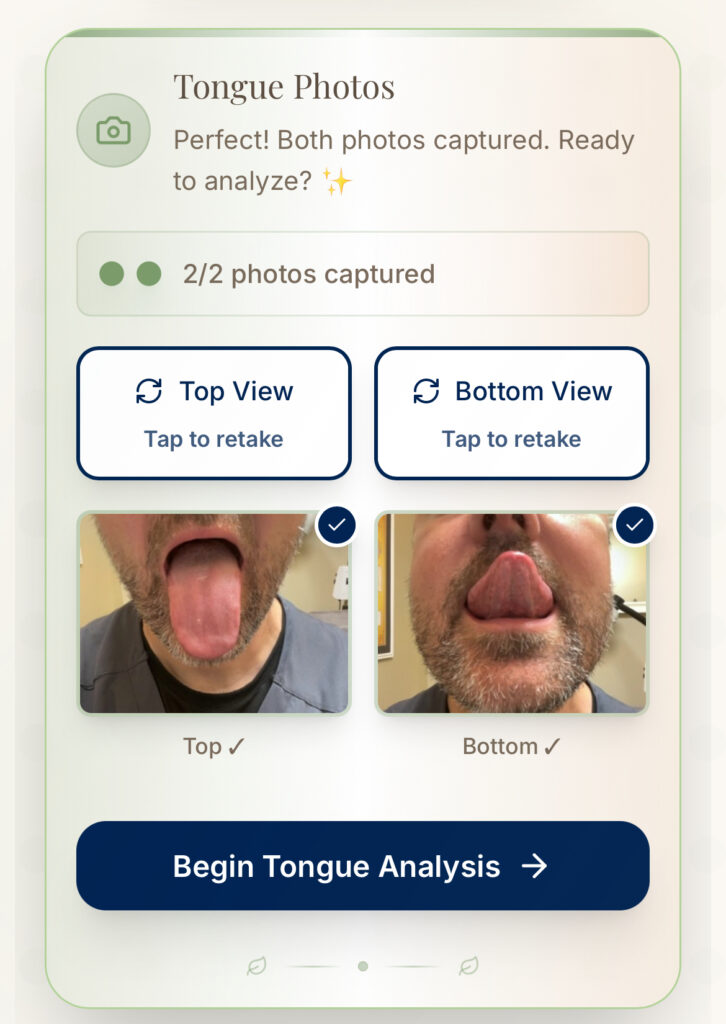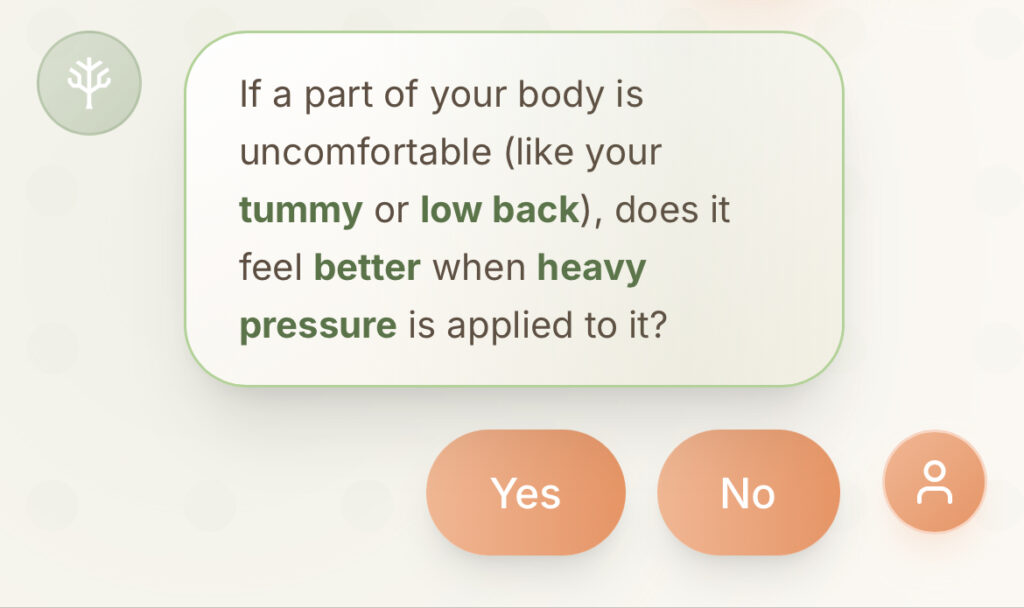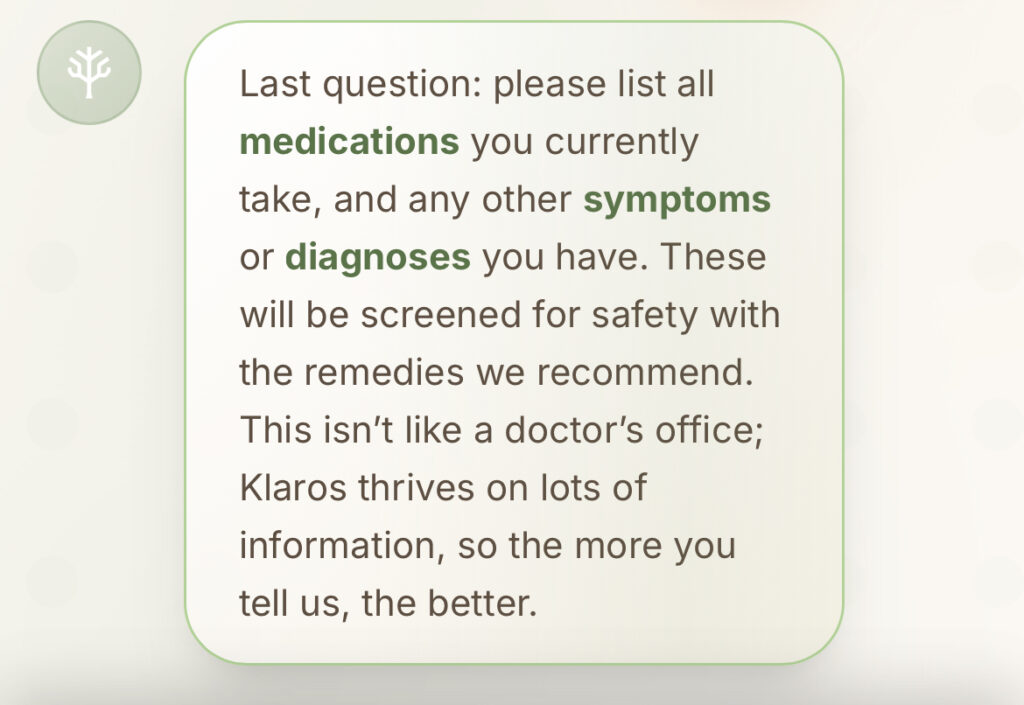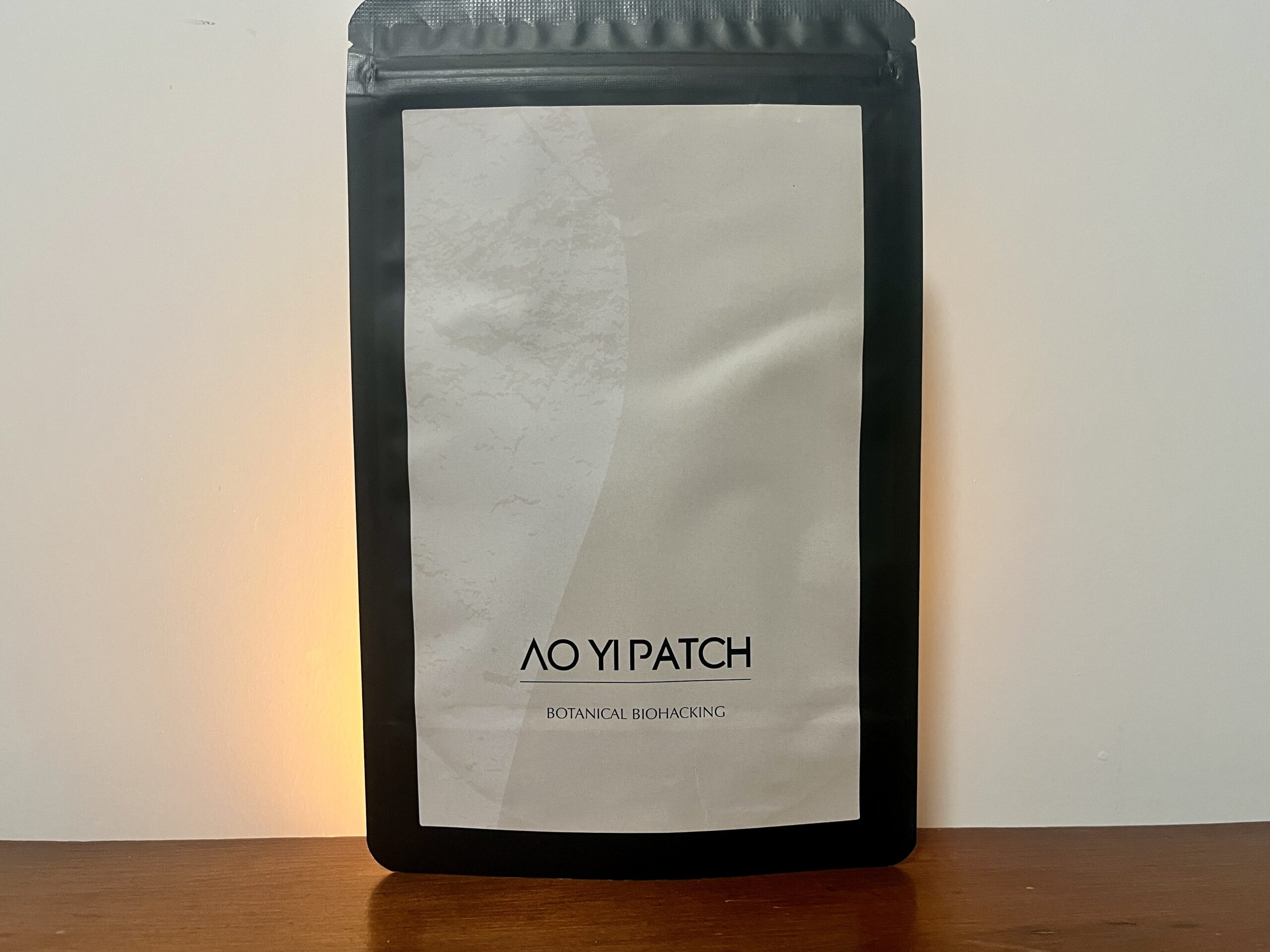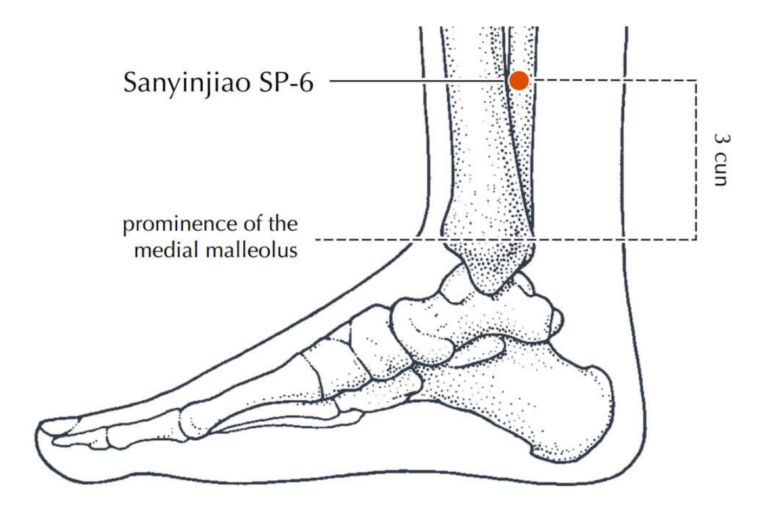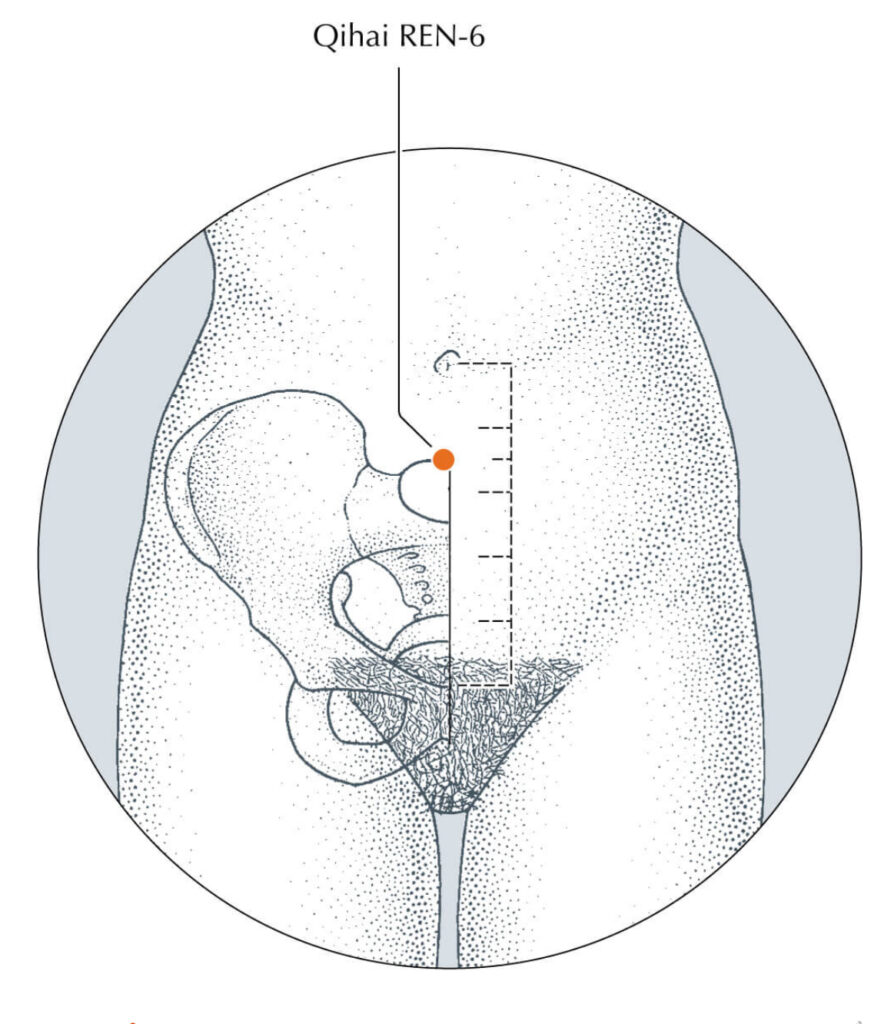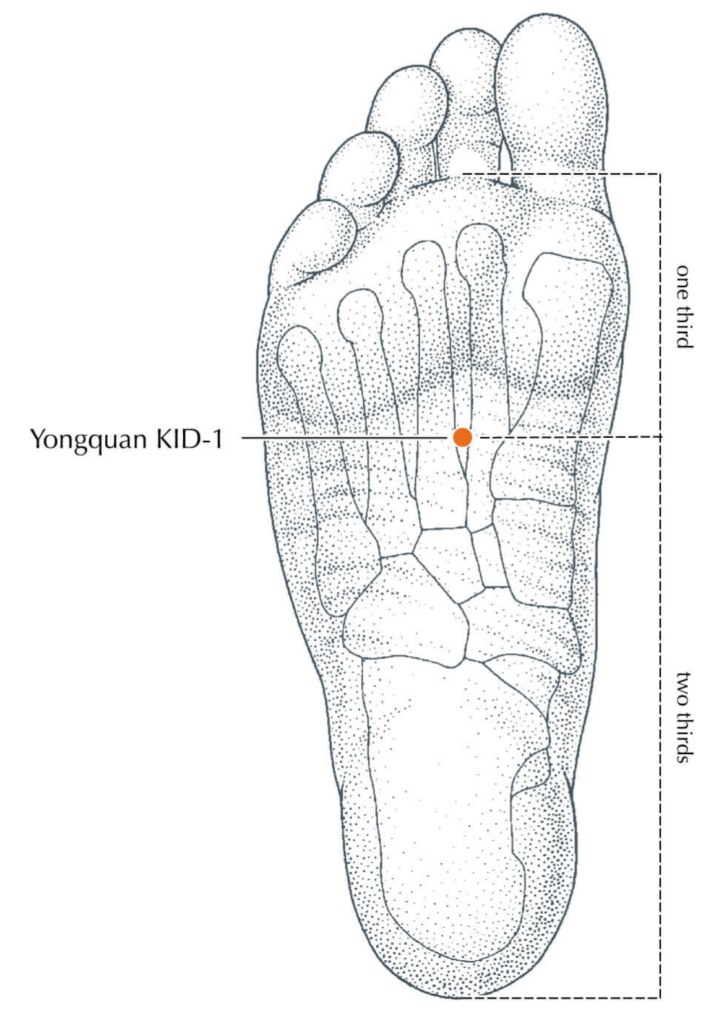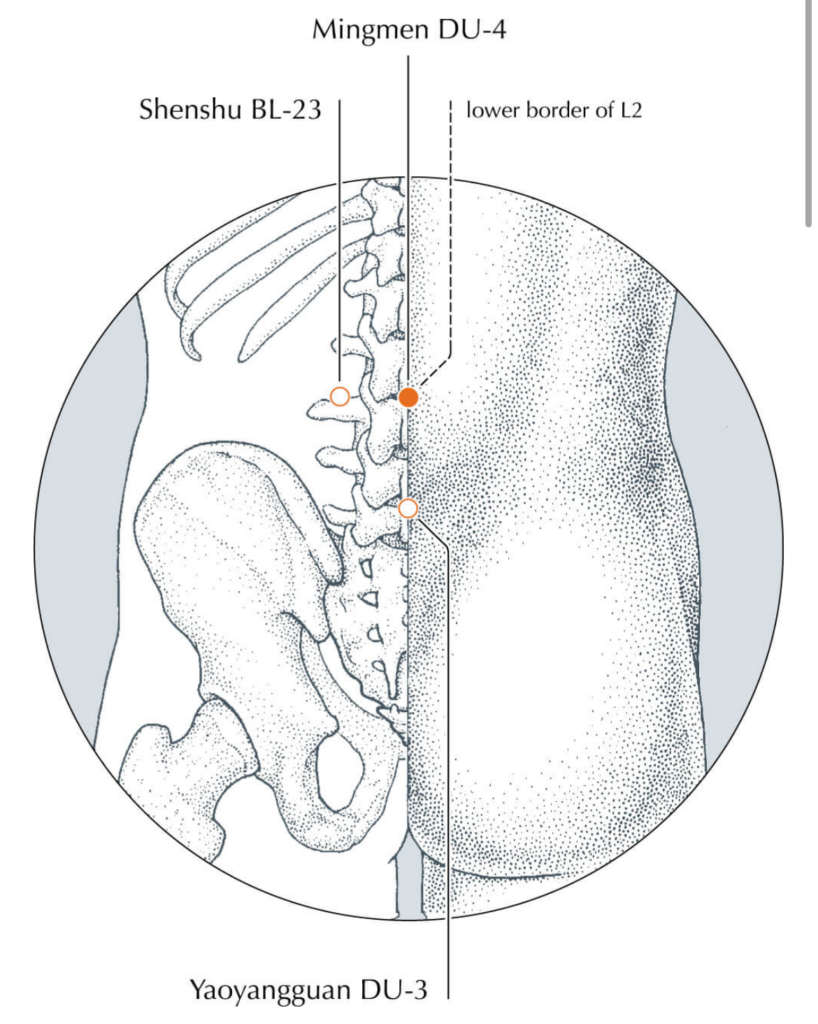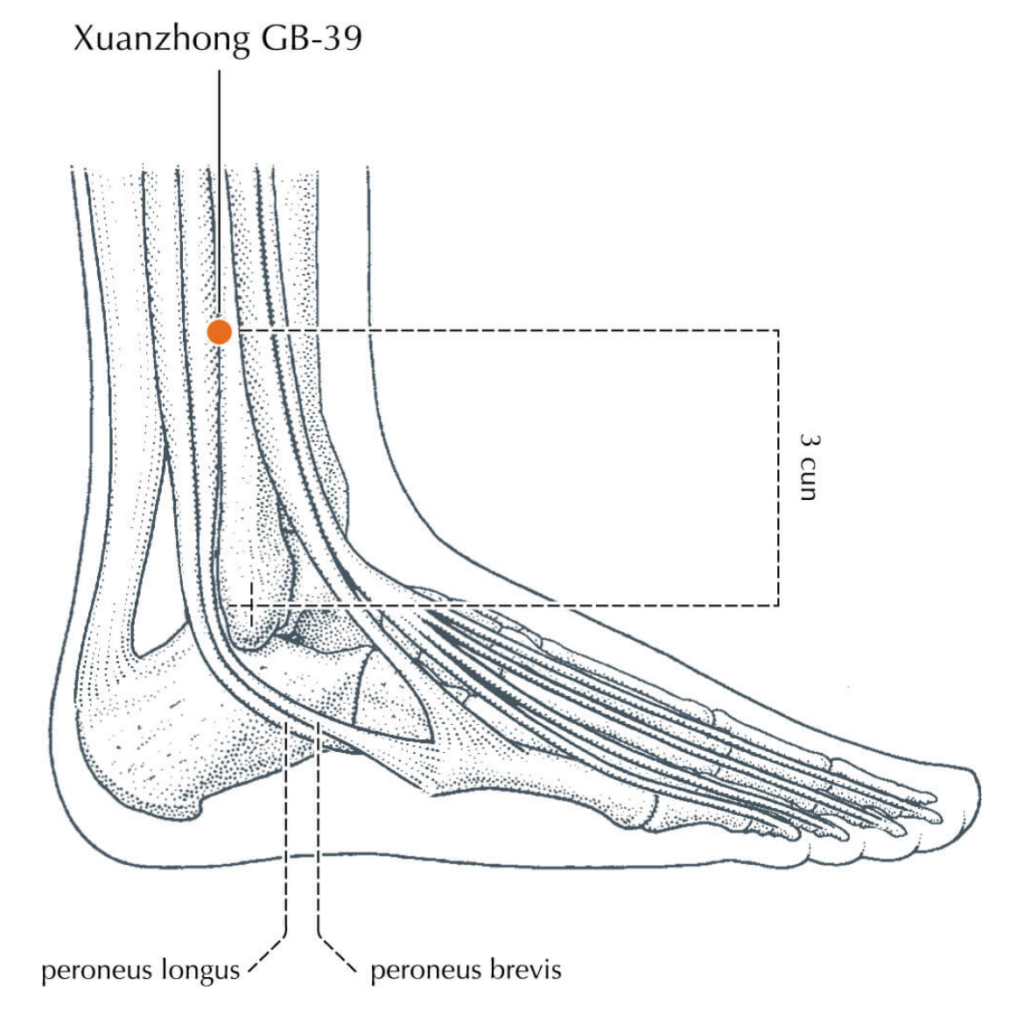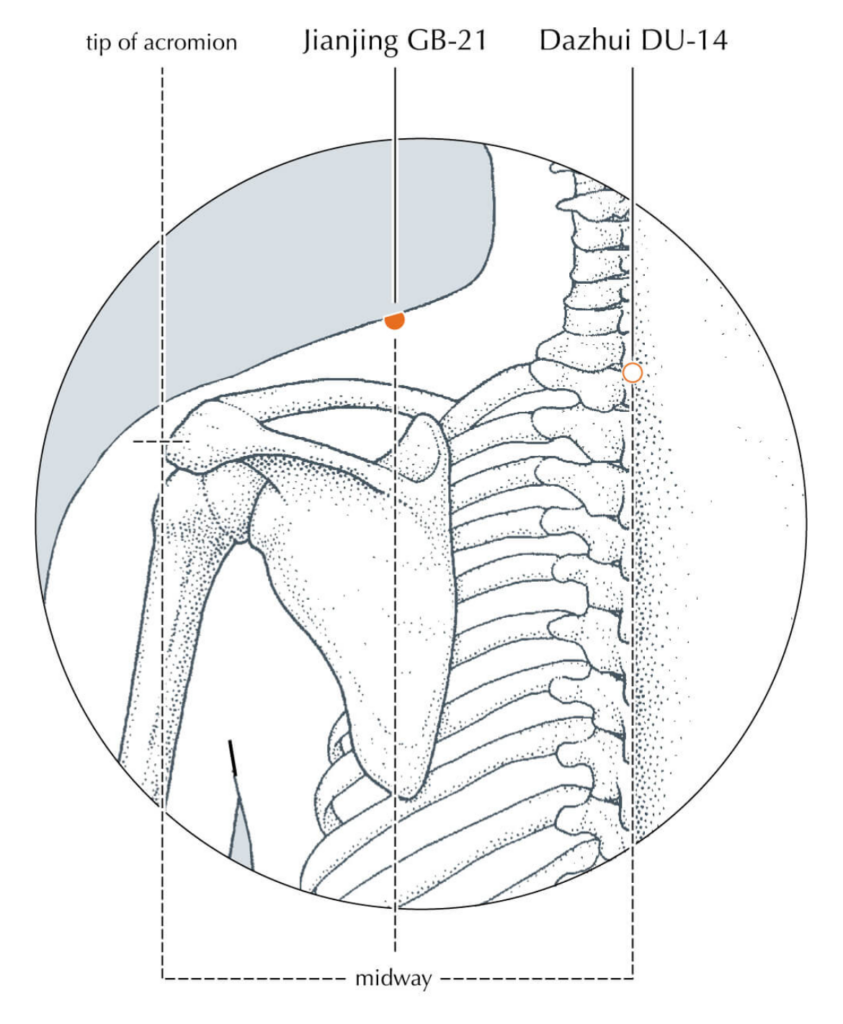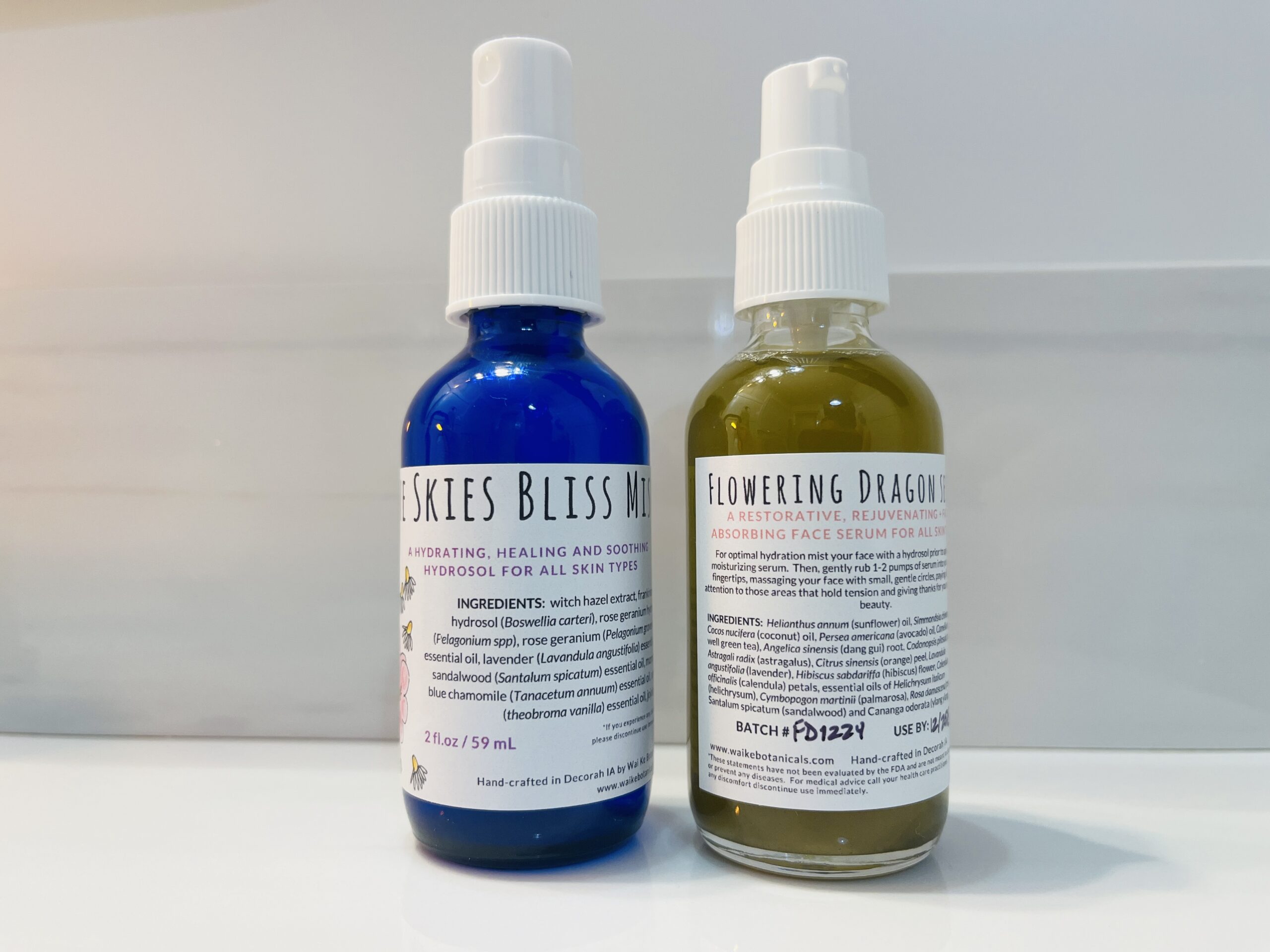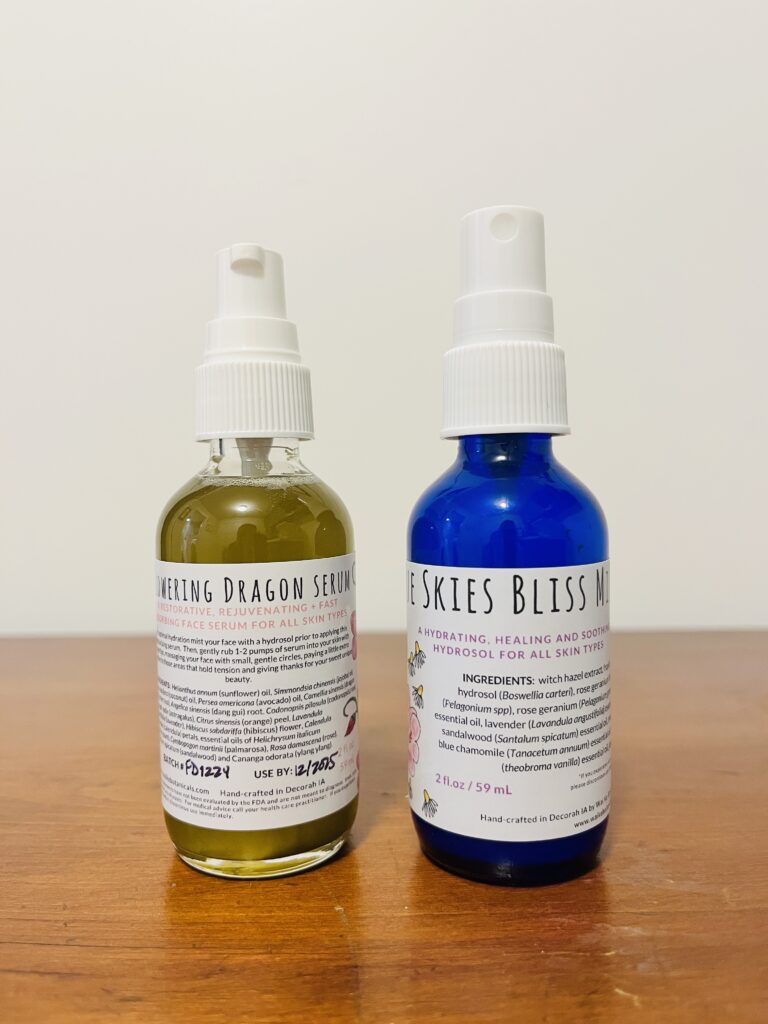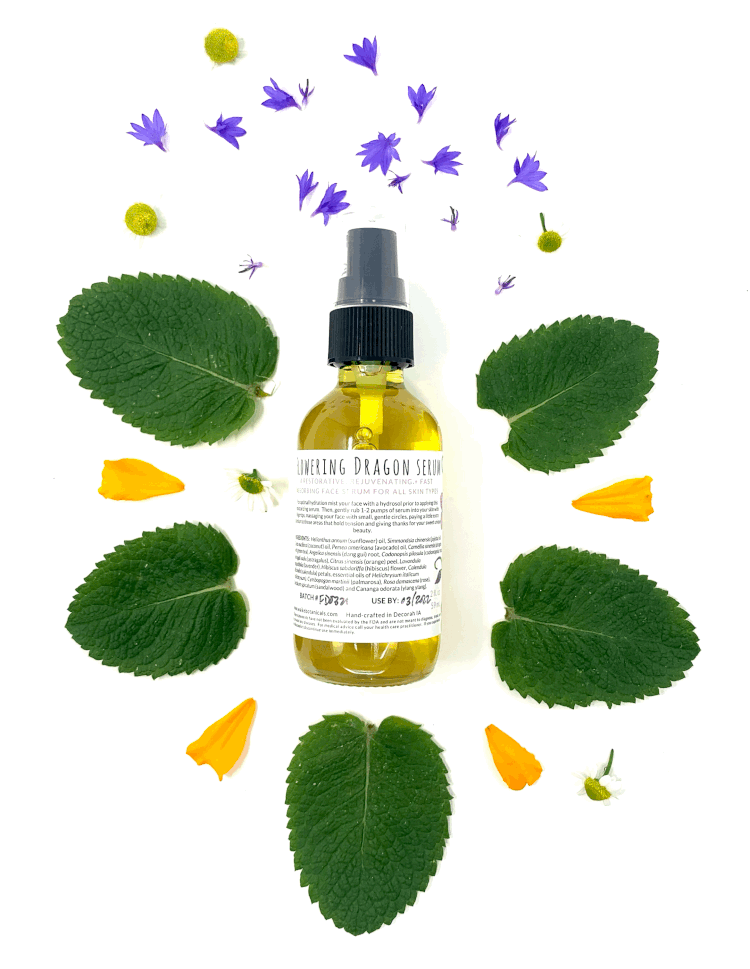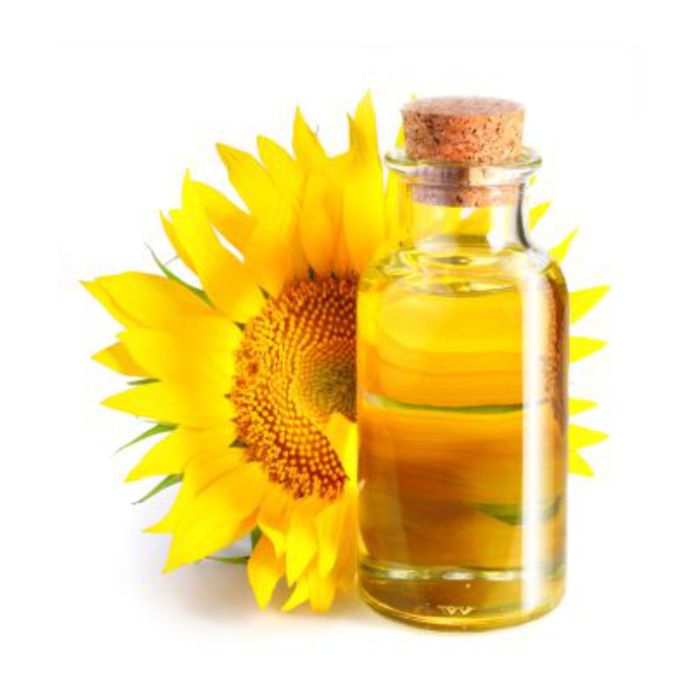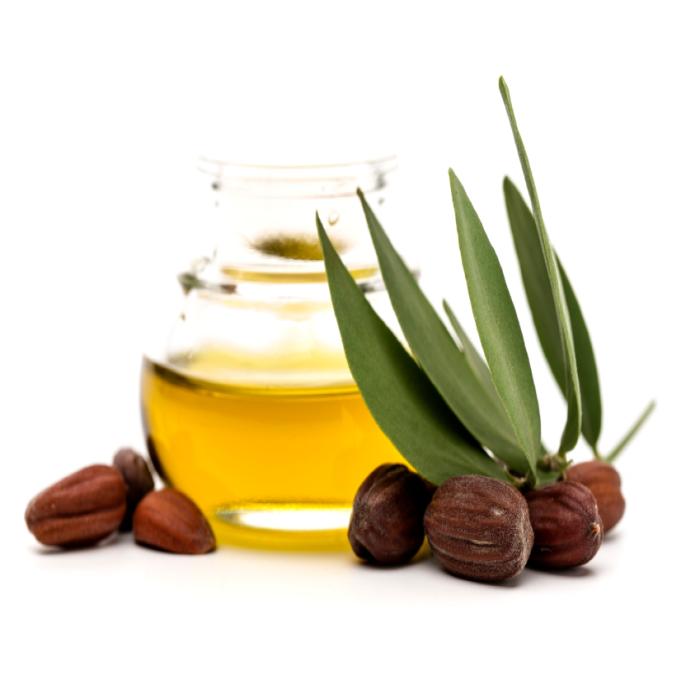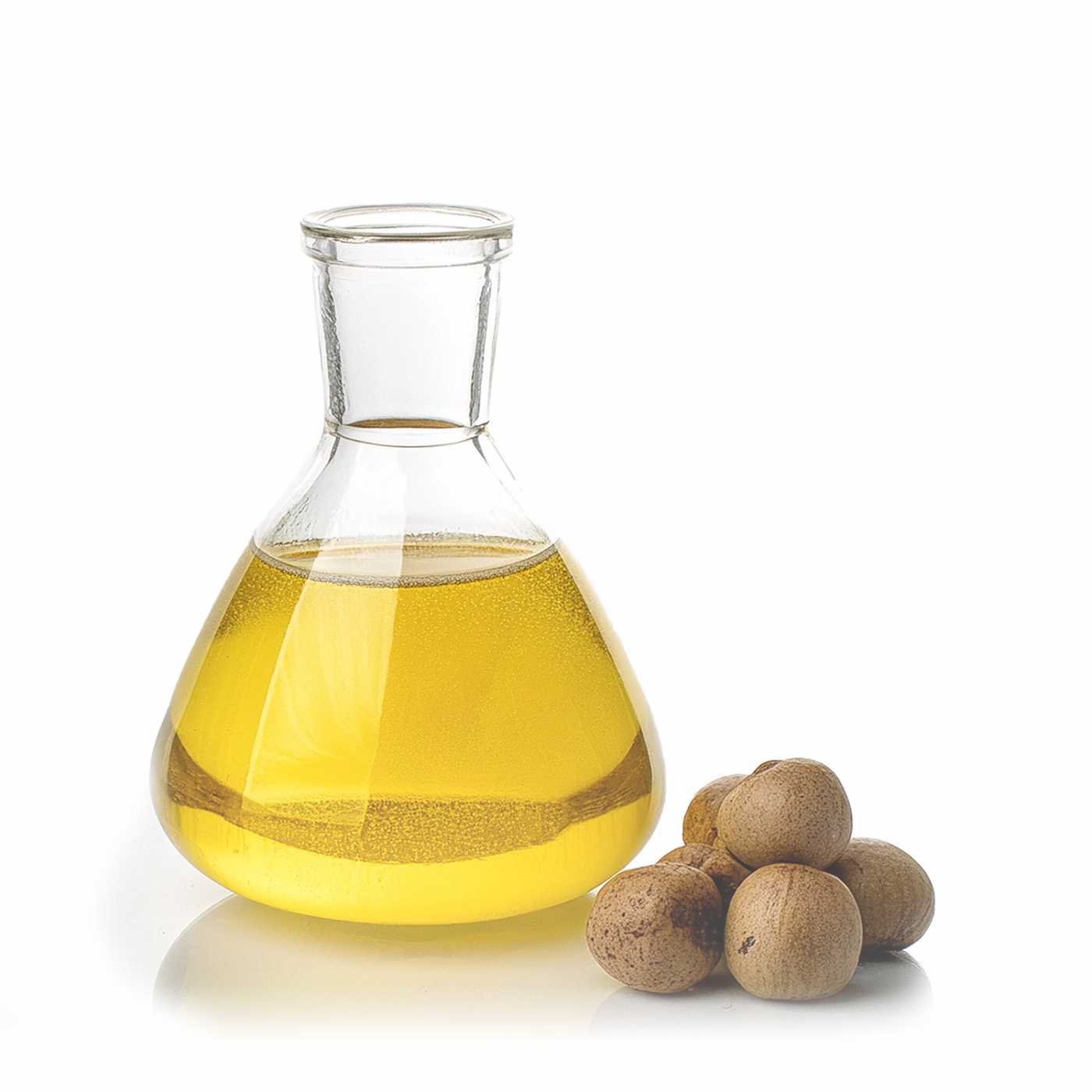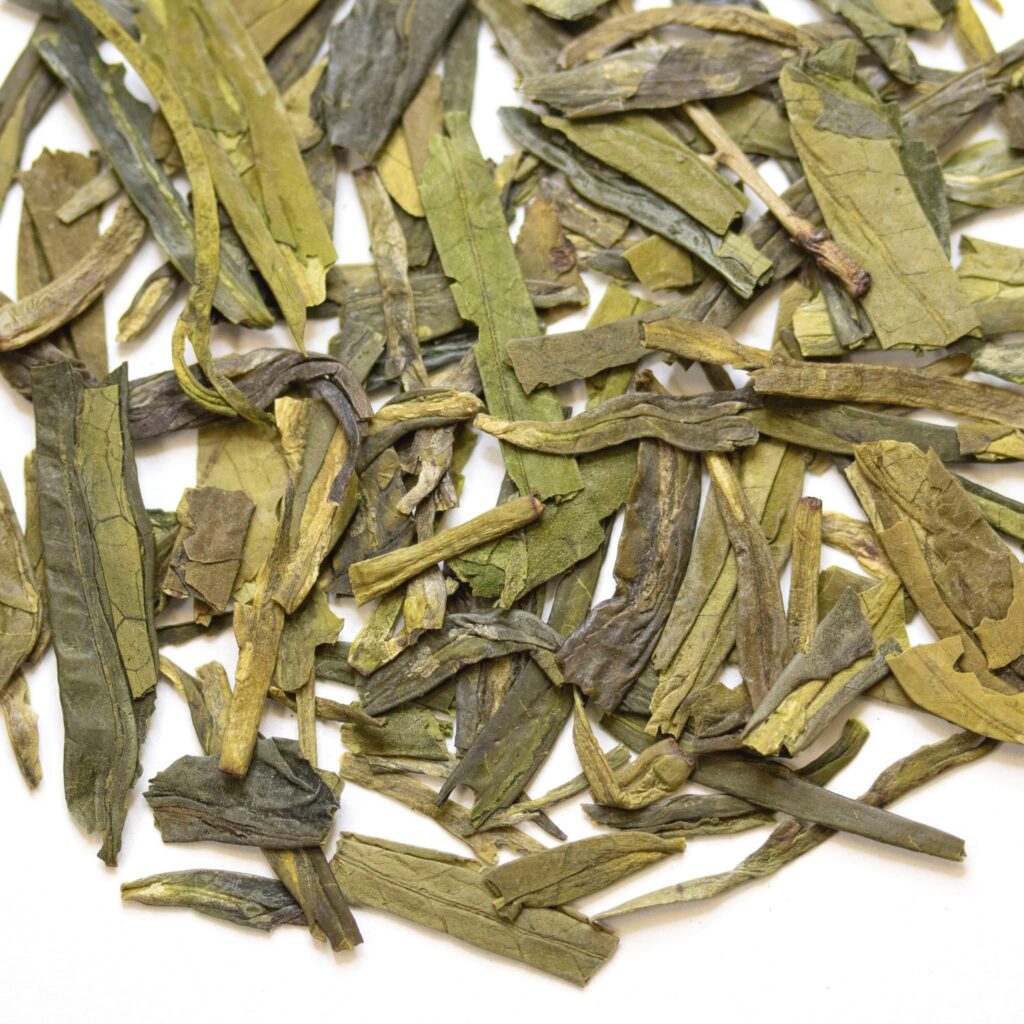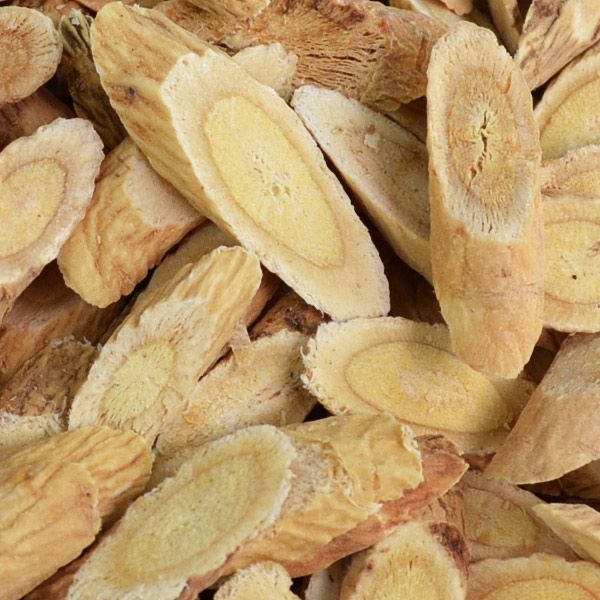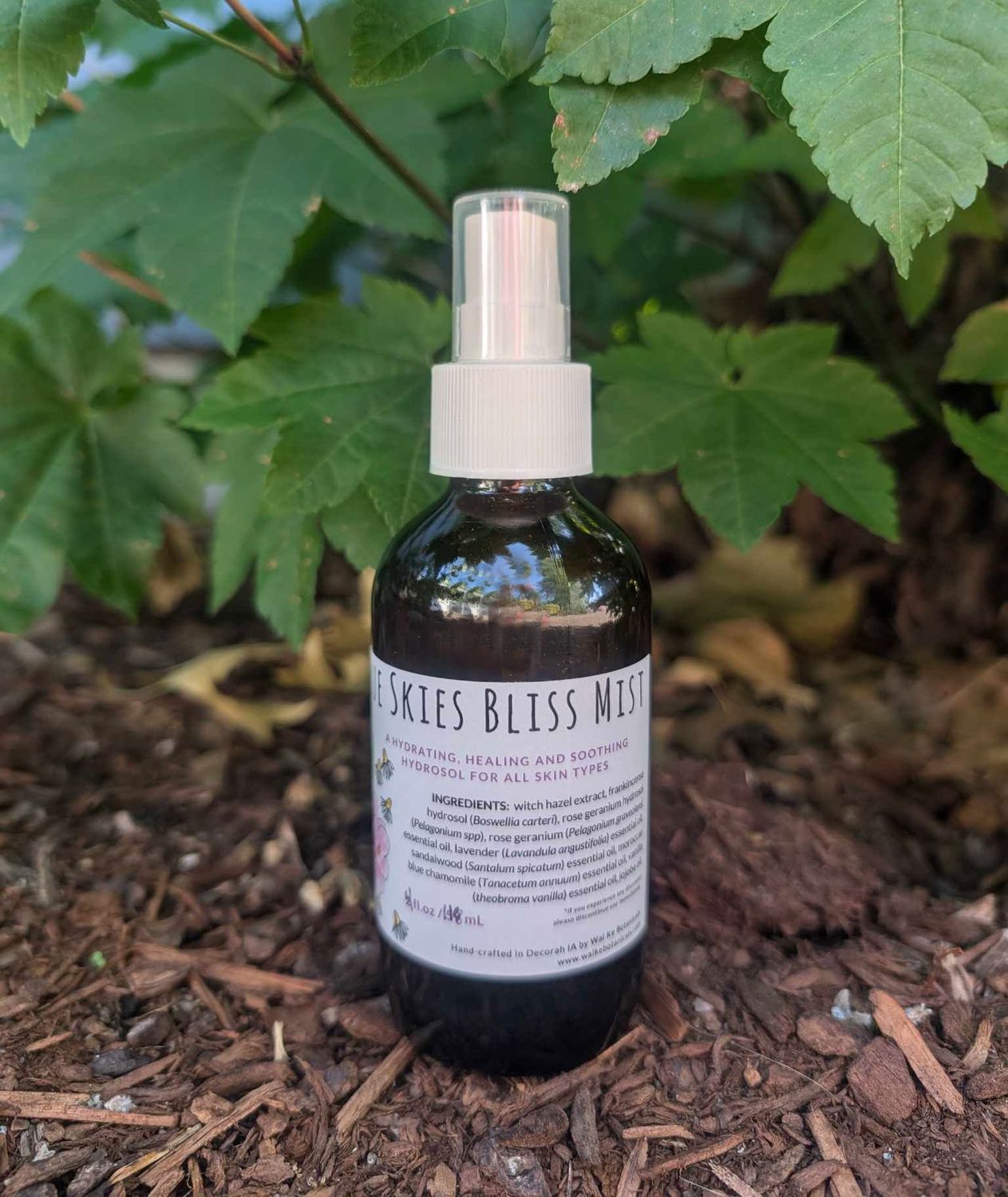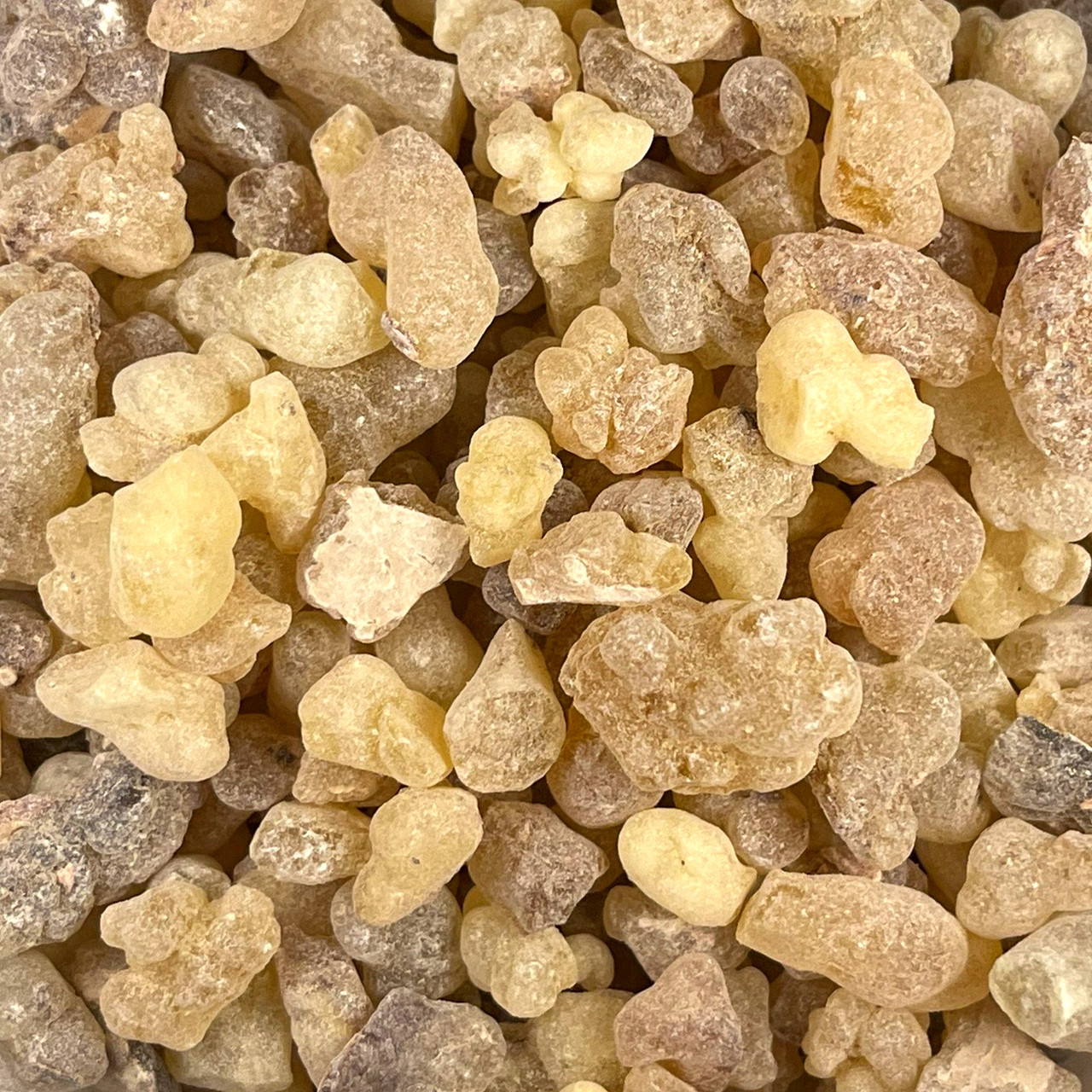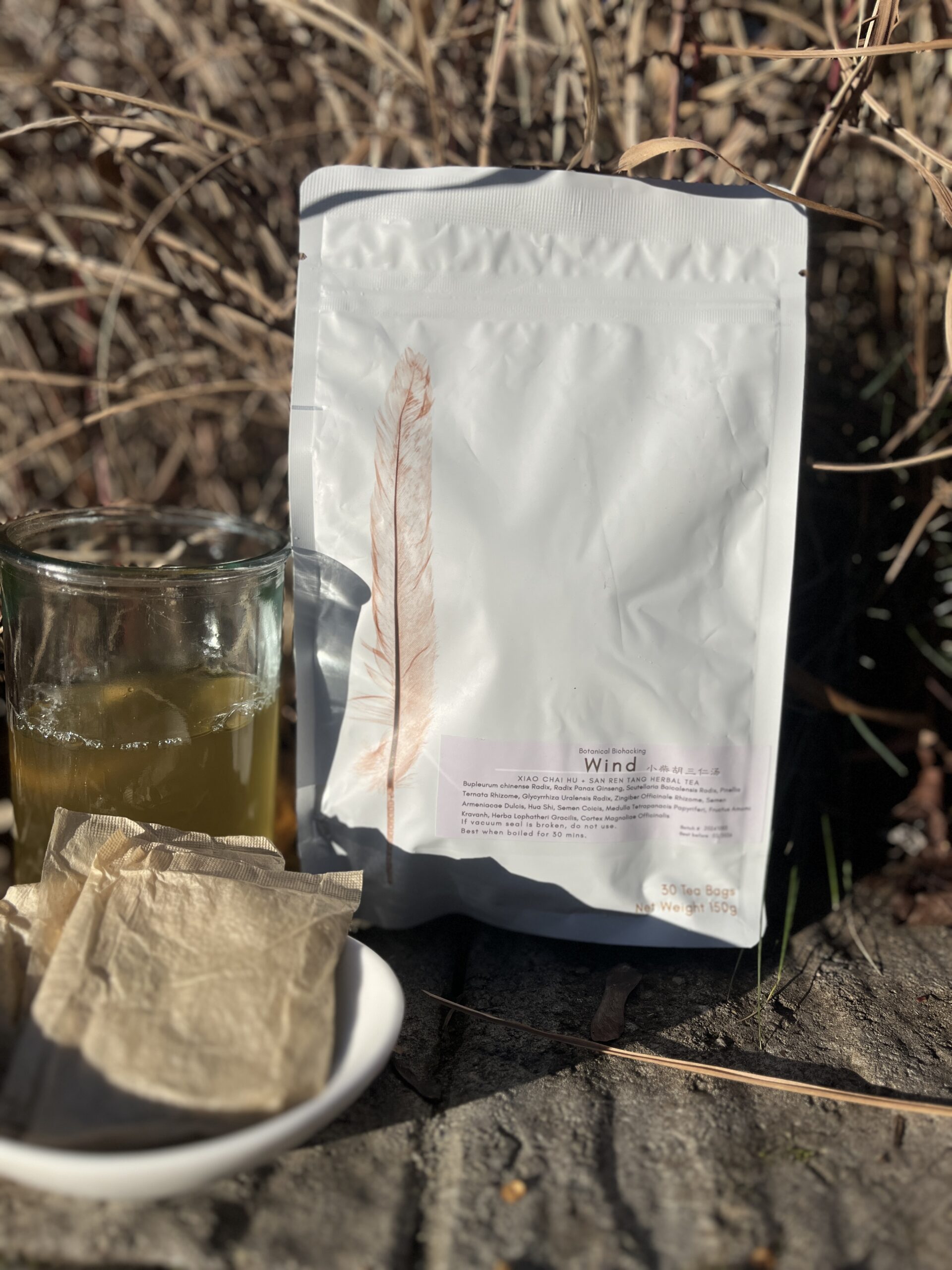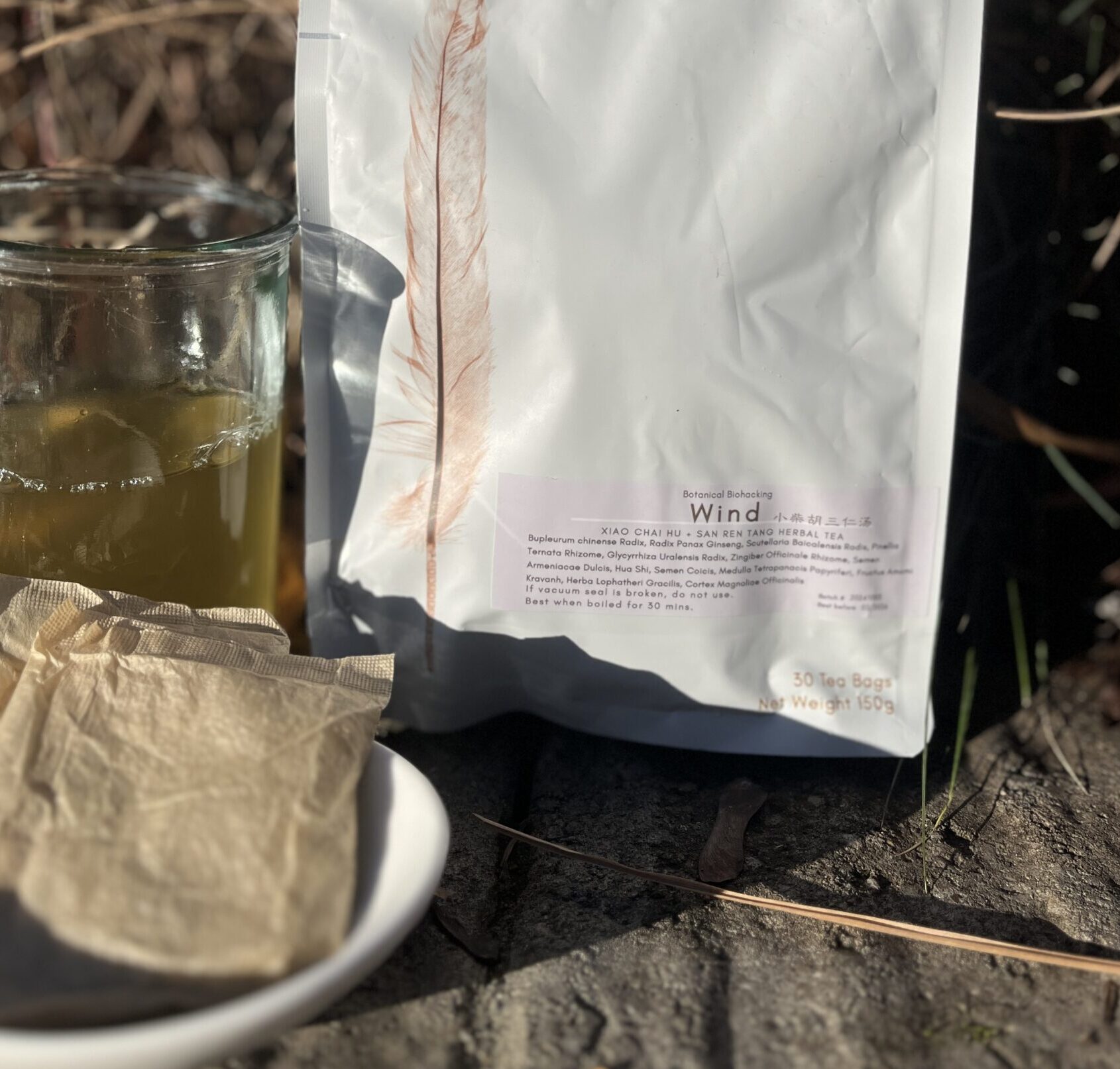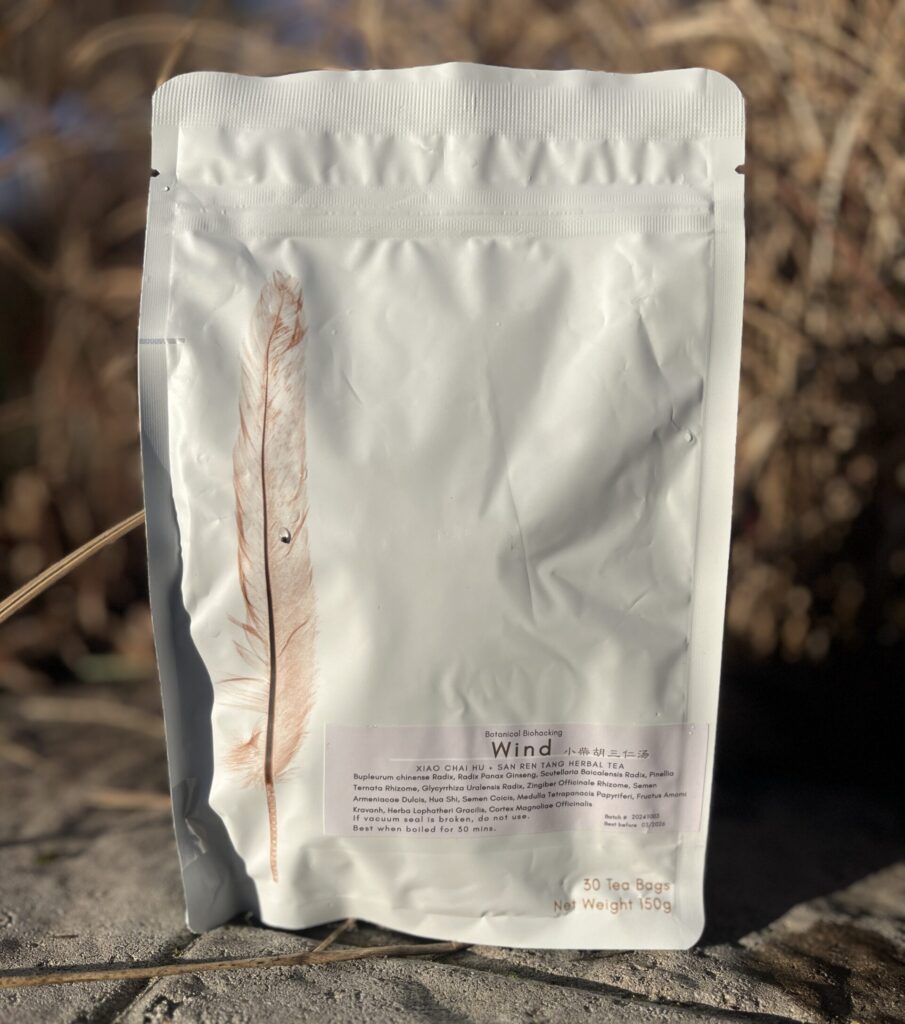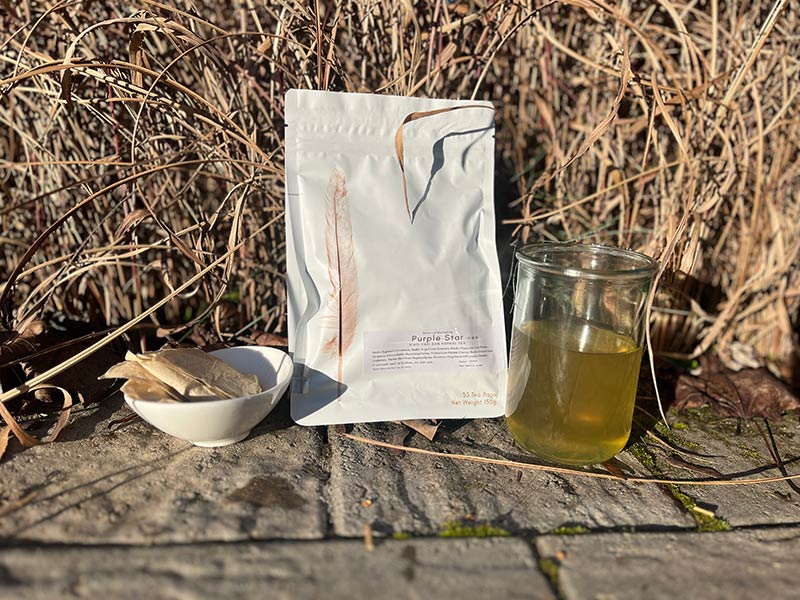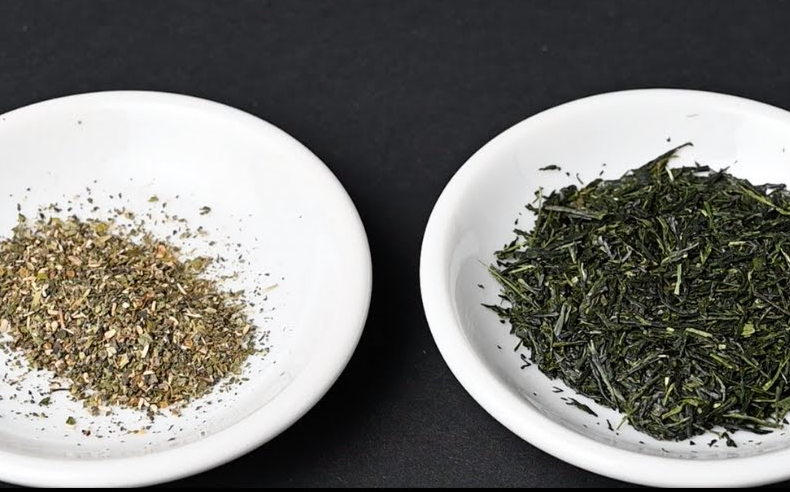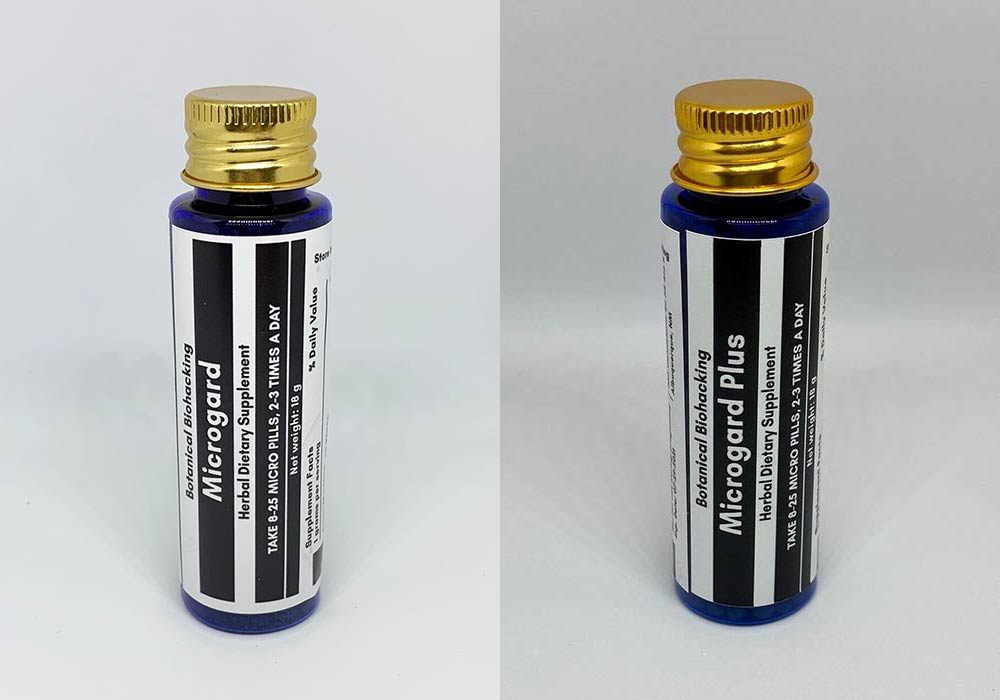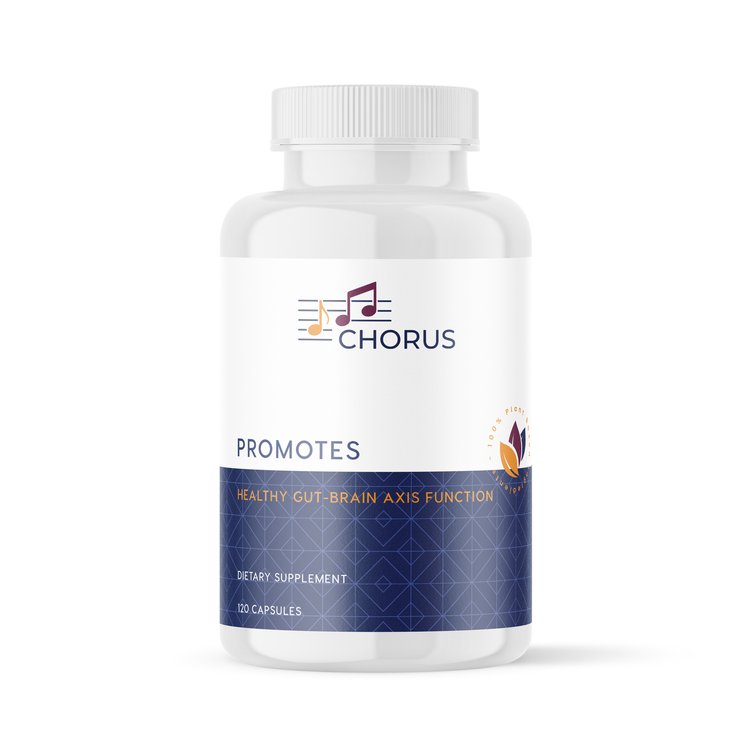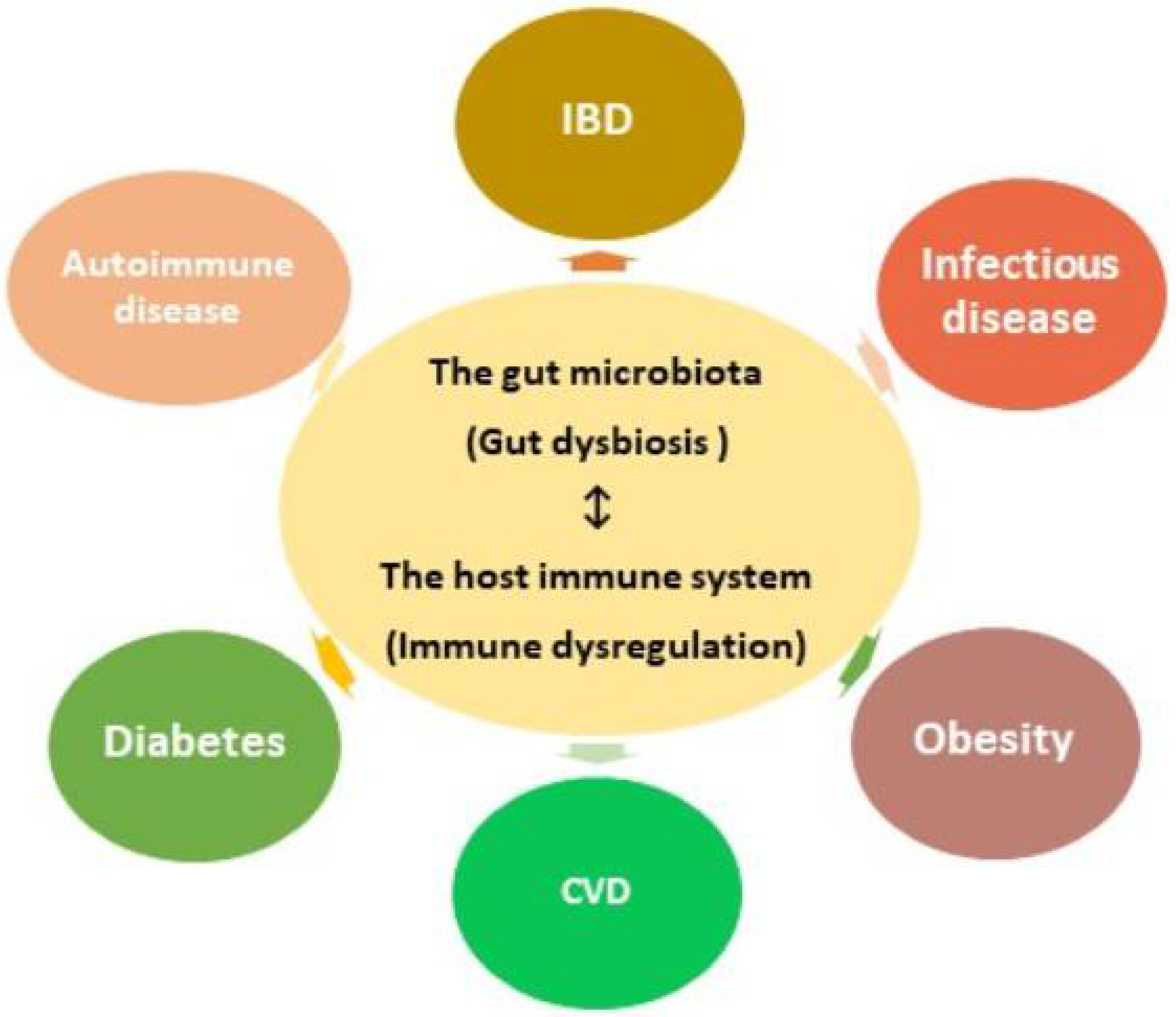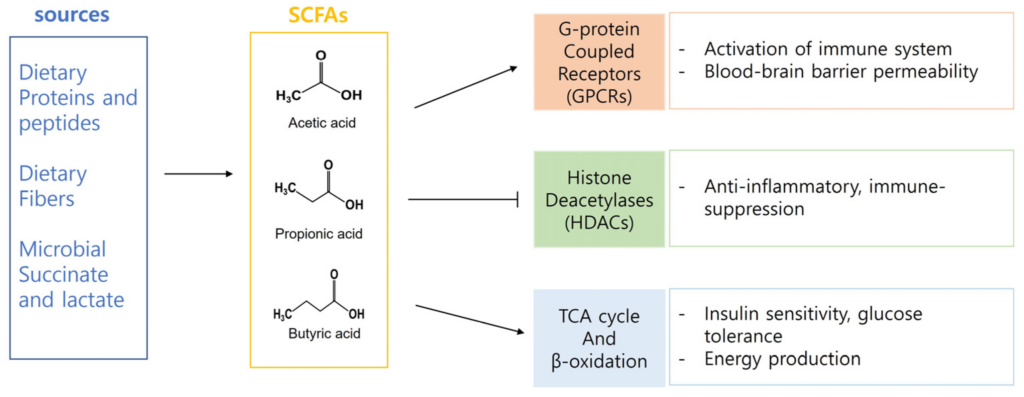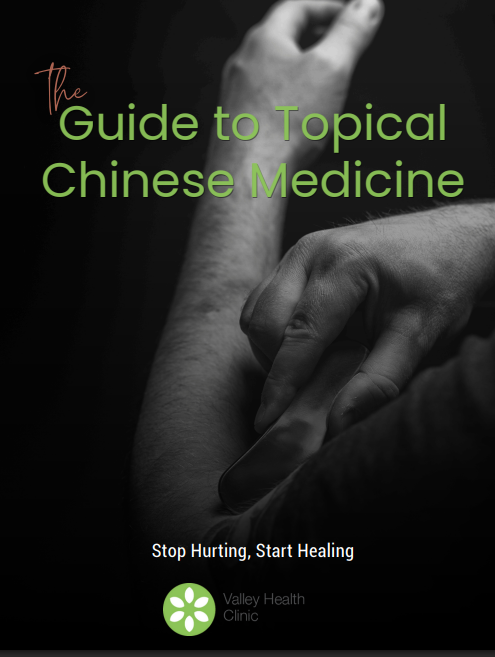
Stop Hurting, Start Healing
The Guide to Topical Chinese Medicine
Discover natural pain relief with herbal liniments, salves, and patches. Get your free guide to Topical Chinese Medicine from Valley Health Marketplace.

Real Medicine, Made by Real People, Done the Right Way
At Valley Health Marketplace, we believe in real medicine made by real people the right way. Our Guide to Topical Chinese Medicine helps you understand how topical herbal formulas used by martial artists, healers, and families for generations can relieve pain safely and effectively.
Why Didn’t Anyone Show Me This Sooner?
That’s what my patients say once they learn how to use Topical herbal medicine correctly
My patients tell me the same thing over and over: “Why didn’t anyone show me this sooner?” Once they start using herbal topicals correctly, they finally feel relief that lasts , not just numbing. This guide walks you through exactly how we do that in the clinic, so you can get real results at home, too
A Peek Inside
These chapters walk you through exactly what I teach my patients , how to choose the right product, when to use it, and how to combine formulas for the best results.
Whether you’re dealing with a new injury or long-term pain, you’ll find tools you can actually use at home to heal faster and feel better
What’s Inside the Guide
- A breakdown of each type of topical medicine — and how to match it to your pain
- The science behind herbal absorption and why it works better than pills for local pain
- Step-by-step application tipsl for acute injuries and chronic conditions
- Real stories and product origins from the makers themselves
So Why Wait?
Bring the Clinic Experience Home
I’ve put everything I teach in the clinic into this guide, real formulas, practical tips, and simple steps that help people heal faster.



